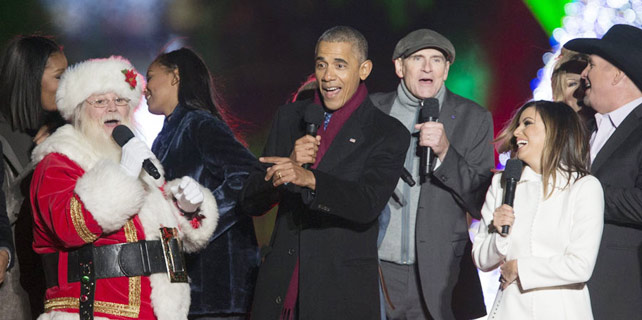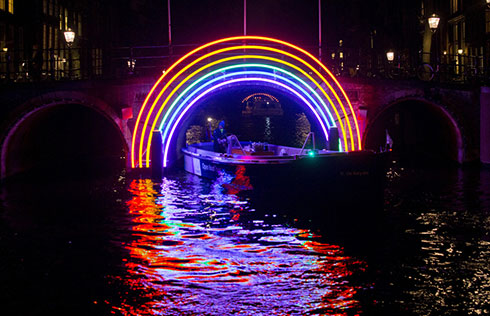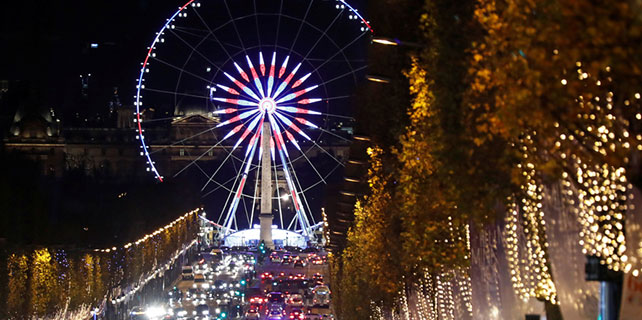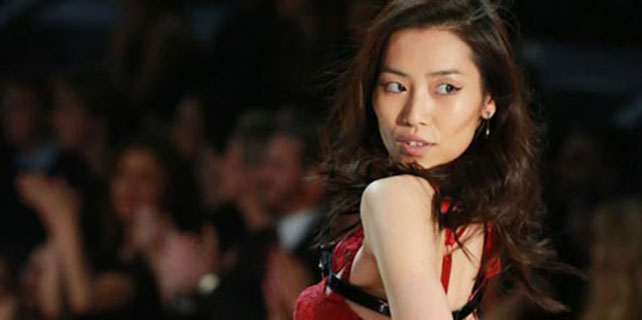A Big Fat Chinese Wedding Feast
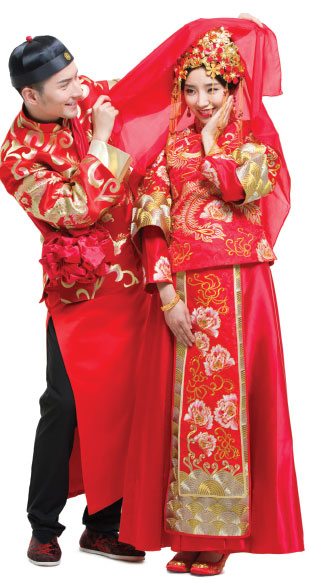
It all starts with two, but in Chinese culture getting married often involves immediate and extended family, followed by whole clans of friends and relatives.
As always, food is central to the celebrations, and the wedding feast is an elaborate affair involving hundreds of people.
It must start with the choosing of an auspicious date. The elderly sages in the family put their heads together and refer to an almanac called the tongshu, after carefully scrutinizing the animal zodiac signs of the bride and groom, right down to their dates and time of birth.
The most popular months are the even-numbered lunar months like the second, sixth, eighth, 10th or 12th months. Odd months that coincide with major festivals are generally avoided.
For example, Tomb Sweeping Day falls in the third lunar month; Dragon Boat Festival, commemorating the death of the poet-patriot Qu Yuan, is in the fifth lunar month; and the seventh lunar month has Hungry Ghosts Festival, the Chinese answer to Halloween.
The zodiac year is another factor considered. The years of the Sheep, Tiger and Snake are avoided, while Dragon, Monkey and Pig years are happy choices. The calculations are careful and even the year following is considered, just in case the happy couple decide to have a child immediately.
After the date is set, the next task is to choose the venue for the wedding feast. Good restaurants for wedding dinners are booked way in advance - as much as a year ahead.
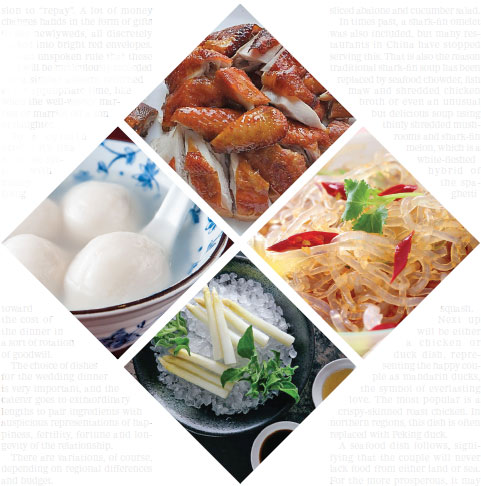
Location and cost are considerations, certainly, but more important than all that is that the feast has to be a presentable display before gathered friends and relatives.
In some cases, it is also an occasion to "repay". A lot of money changes hands in the form of gifts to the newlyweds, all discretely packed into bright red envelopes. It is an unspoken rule that these gifts will be meticulously recorded and a similar amount returned at the appropriate time, like when the well-wisher marries or marries off a son or daughter.
To a certain extent, it's like a tontine system, with money going toward the cost of the dinner in a sort of rotation of goodwill.
The choice of dishes for the wedding dinner is very important, and the caterer goes to extraordinary lengths to pair ingredients with auspicious representations of happiness, fertility, fortune and longevity of the relationship.
There are variations, of course, depending on regional differences and budget.
Let's take a look at a typical Cantonese wedding dinner menu, because there are none more superstitious when it comes to festive sensitivities.
The dinner always starts with a whole roasted suckling pig, a traditional symbol of the bride's chastity. These days, restaurants make it a staged production, sticking twinkling lights in the eye sockets and dimming the ballroom lights so the pigs make a dramatic statement as they are paraded in.
The next course is a platter of cold cuts, arranged in the shape of a brightly colored phoenix or peony. On the platter may be finely shredded sesame chicken, jellyfish salad, strips of cold pink ham, chilled white asparagus, tiny spring rolls, sliced abalone and cucumber salad.
In times past, a shark-fin omelet was also included, but many restaurants in China have stopped serving this. That is also the reason traditional shark-fin soup has been replaced by seafood chowder, fish maw and shredded chicken broth or even an unusual but delicious soup using thinly shredded mushrooms and shark-fin melon, which is a white-fleshed hybrid of the spaghetti squash.
Next up will be either a chicken or duck dish, representing the happy couple as mandarin ducks, the symbol of everlasting love. The most popular is a crispy-skinned roast chicken. In northern regions, this dish is often replaced with Peking duck.
A seafood dish follows, signifying that the couple will never lack food from either land or sea. For the more prosperous, it may mean sea cucumbers, whole abalones or even a braised lobster per table. More economical options are prawns, often lovingly curled into heart-shaped morsels.
A vegetable dish to clear the palate comes next, but even this will be pretty luxurious, like red amaranth leaves topped with deep-fried shredded scallops or whole braised shiitake mushrooms on a bed of tender green asparagus.
A clear soup signals the impending end of the meal, usually a chicken consomme or a vegetarian version using matsutake mushrooms or even truffles. It is followed by longevity noodles or a colorful fried rice, before dessert is served.
Dessert is important in the wedding feast because it represents a sweet ending. Popular choices are a red bean broth with twin glutinous rice balls with more sweet fillings. Sometimes lily bulbs are added because they are homophonic for the words "together forever".
A wedding feast usually takes several hours, since between courses the program includes the entrance of the bride and groom, a toast on stage and individual toasts as the couple and their entourage go from table to table.
Sometimes the groom will be subjected to pranks by his hyped-up bachelor friends. There are also the requisite speeches by parents, groomsmen and others.
By the end of the evening, the couple and their families line the exit and shake hands with guests as they leave, ending a happy but no doubt exhausting meal.
paulined@chinadaily.com.cn







